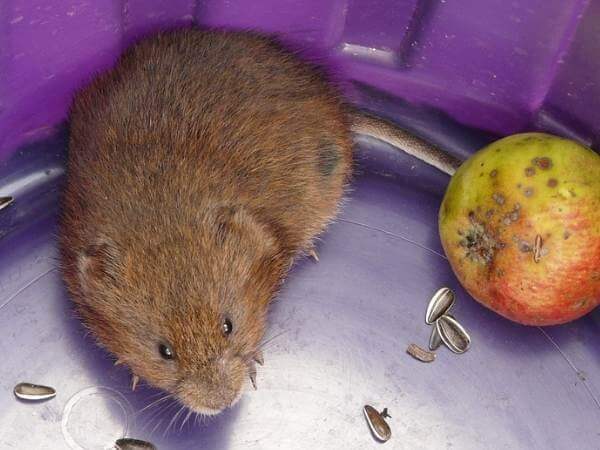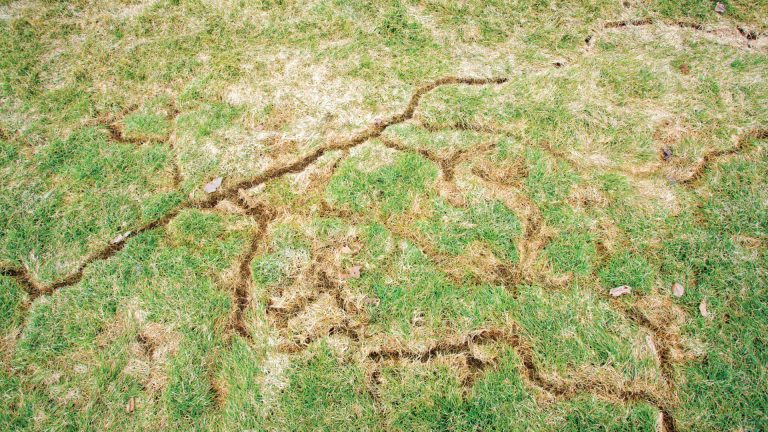Reliable Vole Control Solutions: Handling Vole Pest Issues
Reliable Vole Control Solutions: Handling Vole Pest Issues
Blog Article
Comprehensive Guide to Efficient Vole Pest Control: Problem Recognition and Treatment Approaches
In the world of reliable insect control, vole invasions posture a special obstacle that requires a calculated approach. By exploring the nuances of vole behavior, understanding vital indicators of infestation, and examining an array of control alternatives, one can develop an extensive method to battle these evasive pests.
Understanding Vole Habits
Vole habits is identified by their delving practices and quick reproduction prices, making them a difficult bug to regulate efficiently. These tiny rats commonly produce detailed tunnel systems underground, using them for shelter, food storage, and transport. Voles are herbivores, consuming a variety of plants, origins, yards, and bulbs, which can create substantial damages to gardens, orchards, and lawns. Their rapid reproductive price more makes complex control efforts, with females capable of producing multiple litters in a solitary year, each containing several offspring.
Voles are most active throughout the very early morning and evening hours, investing the bulk of their time foraging for food. Their tunneling practices not only disturb yards and yards yet also make them challenging to remove and spot. Understanding vole actions is vital for efficient parasite control methods. By identifying their burrow places, keeping track of feeding locations, and executing targeted control methods, such as capturing or habitat modification, vole infestations can be taken care of successfully.
Indicators of Vole Infestation

Avoidance Methods
Applying reliable avoidance methods is crucial in decreasing vole problems and securing plants from their damaging feeding practices. To prevent vole infestations, it is essential to begin by removing possible food resources and sanctuary.
On a regular basis examining the property for indications of vole activity, such as runways and burrow openings, is critical for very early detection and timely action. If vole activity is presumed, consider using repellents or traps purposefully positioned near their pathways.
Non-Lethal Control Methods
To successfully take care of vole populations while focusing on humane methods, non-lethal control techniques supply functional services for reducing vole damage in landscapes and gardens. One efficient approach is the use of physical barriers such as equipment towel or wire mesh to secure vulnerable plants. These barriers can be hidden a minimum of 12 inches curved and deep at a 90-degree angle to protect against voles from tunneling underneath. Additionally, environment alteration can discourage voles by minimizing their preferred food resources and hiding places. Preserving a well-mowed yard, removing particles, and maintaining greenery cut can make the setting much less attractive to voles.

Lethal Control Options
One efficient method for addressing vole problems in landscapes and yards includes the tactical use lethal control options. When confronted with a severe vole infestation that non-lethal techniques have actually stopped working to include, executing dangerous control steps comes to be crucial. One generally utilized lethal control option is the usage of breeze catches. These traps are developed to rapidly and humanely eliminate voles upon activation, making them a popular choice for lots of garden enthusiasts and landscaping companies. To increase the efficiency of snap catches, it is advised to place them in areas where vole activity is high, such as along runways or near burrow entries. Another lethal control option is the application of harmful baits particularly created to target voles. These lures have poisonous substance that is ingested by the voles, resulting in their eventual demise. Caution should be worked out when using hazardous lures to stop harm to non-target animals or pets. Overall, when using lethal control choices, it is vital to do so properly and in conformity with local guidelines to effectively handle vole problems.
Conclusion
To conclude, effective vole parasite control needs an extensive understanding of vole actions, identification of signs of invasion, implementation of avoidance methods, and utilization of both non-lethal and article lethal control techniques. By combining these methods, individuals can efficiently manage vole populations and protect their property from damage. It is very important to check out this site address vole invasions promptly to stop further issues and lessen the influence on the surrounding environment.
Provided the complex tunnel systems and rapid reproduction prices characteristic of voles, identifying the indications of vole invasion becomes necessary in efficient pest control. One of the key indications of vole existence is the existence of surface area paths or routes in yard or snow, normally concerning 1-2 inches wide, created as voles take a trip between their burrows and food resources.To successfully manage vole populaces while focusing on gentle approaches, non-lethal control approaches supply practical options for lowering vole damage in landscapes and gardens.One reliable method for addressing vole infestations in landscapes and gardens involves the critical usage of dangerous control alternatives. vole yard damage.In verdict, effective vole bug control calls for a comprehensive understanding of vole behavior, identification of indicators of problem, application of prevention approaches, and use of both deadly and non-lethal control methods
Report this page